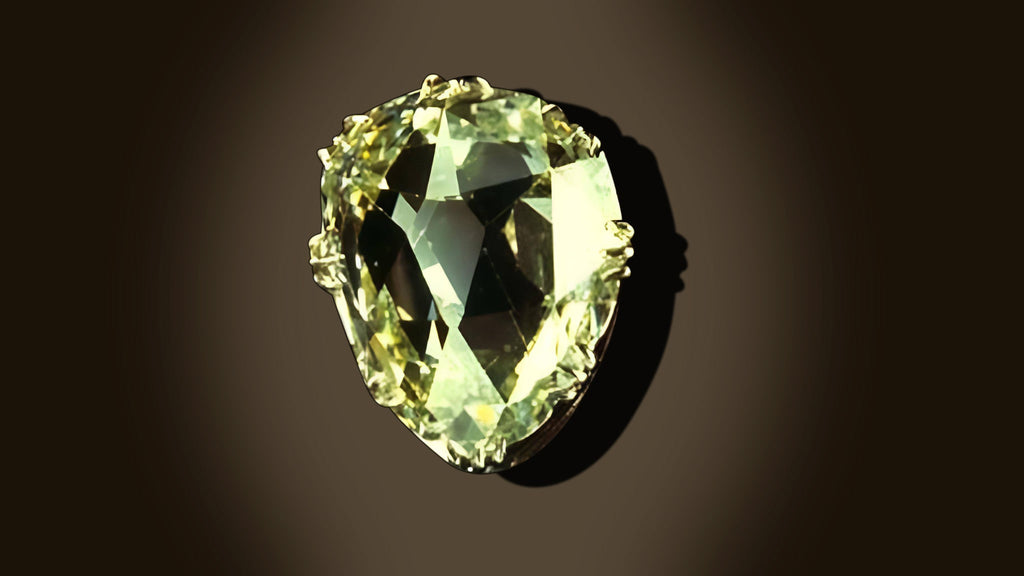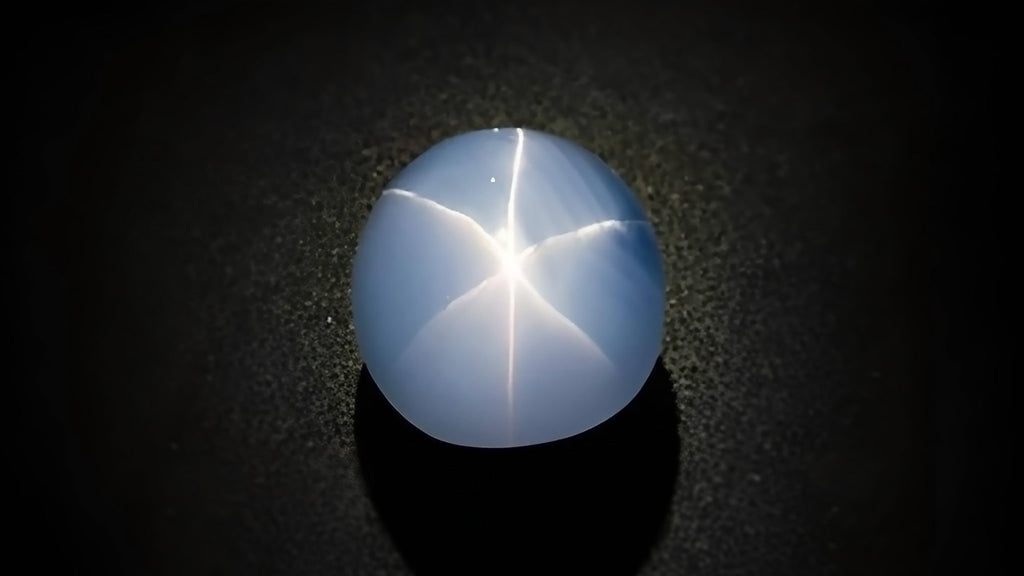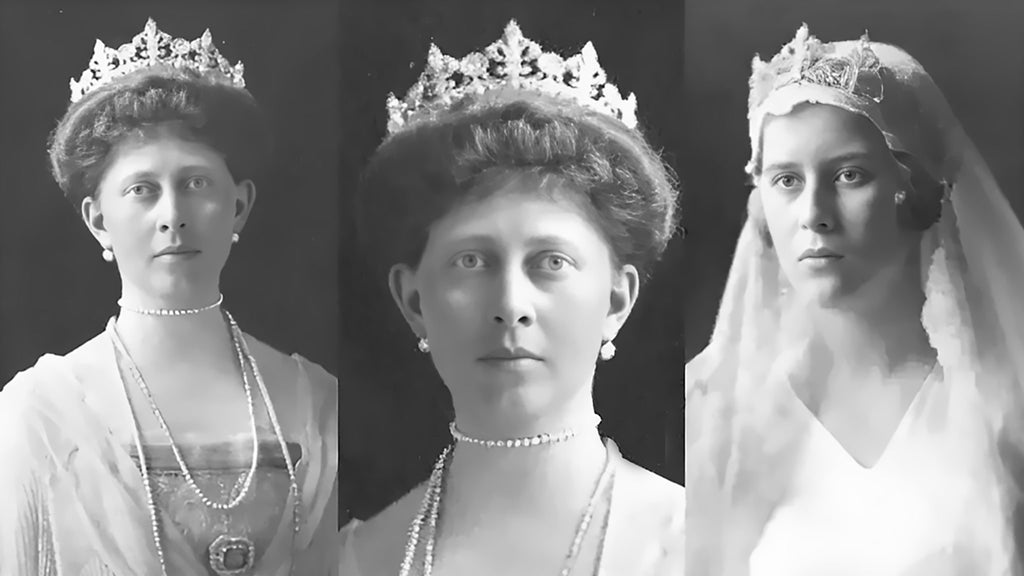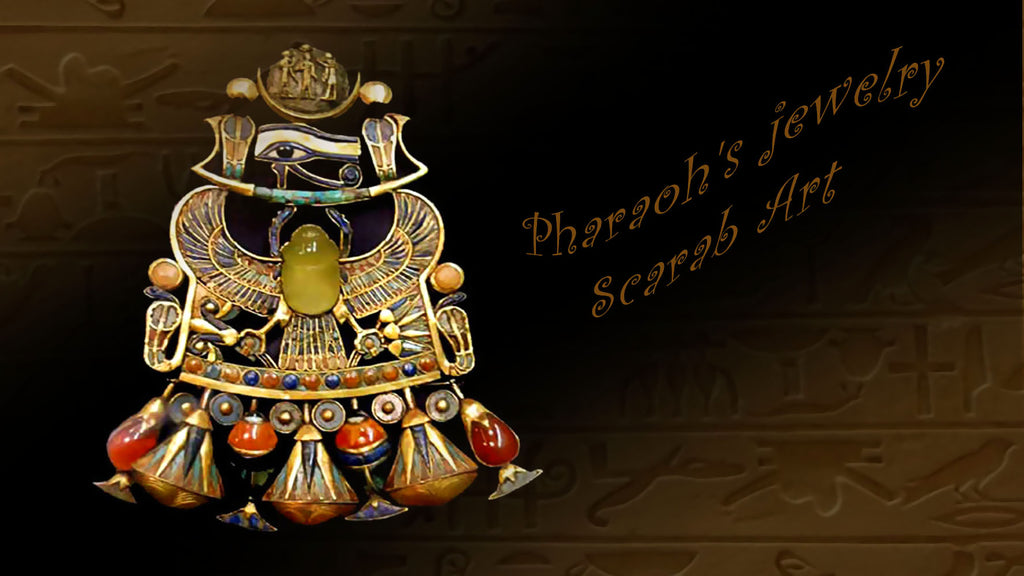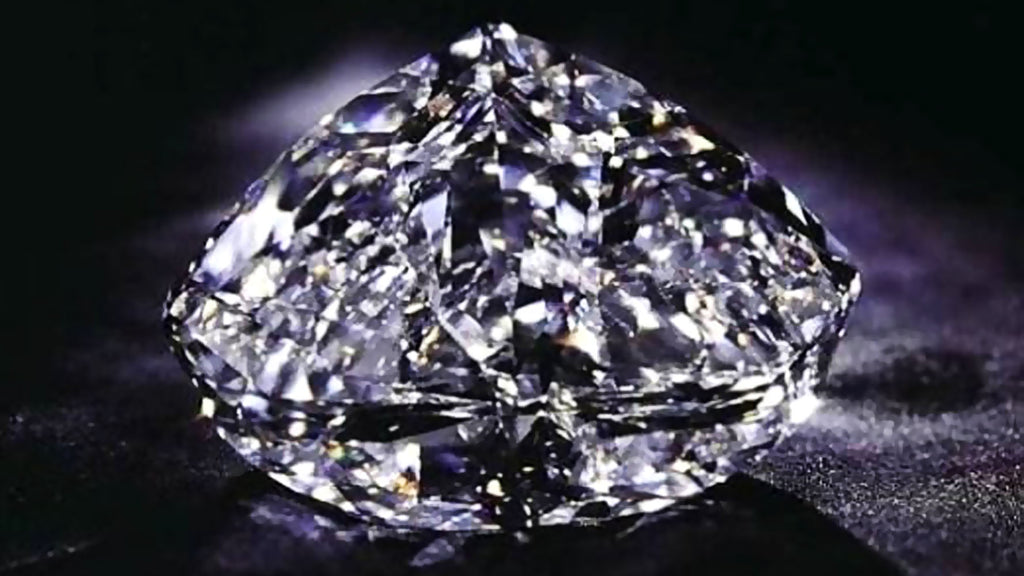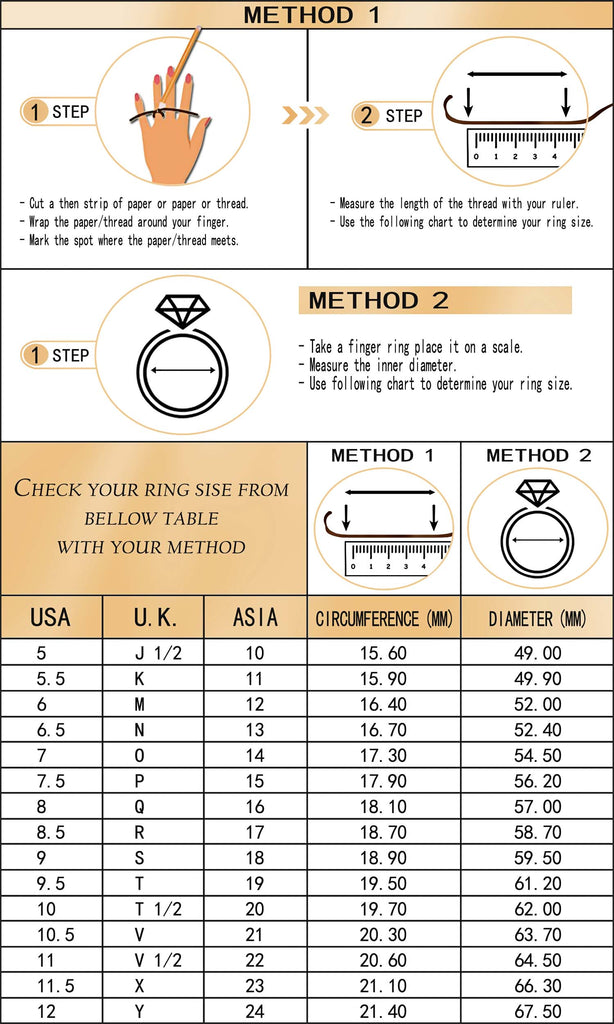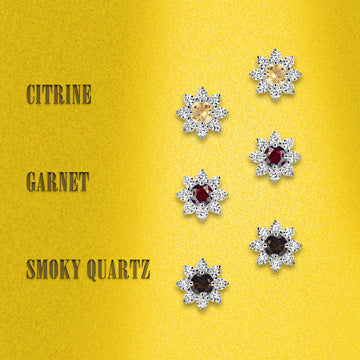-
The Sancy Diamond
The Sancy Diamond, a 55.2-carat pale yellow pear-shaped gem with a history as captivating as a thriller movie, has journeyed through centuries of royalty, theft, pawning, and even a loyal servant's tragic end. The diamond's saga began with Charles the Bold and France's Louis XVI, involved pawning for war financing, multiple thefts, mysterious disappearances, and a loyal servant swallowing it to protect it from... -
The Star of India Sapphire
Meet the Star of India, a gemstone that graces the Hall of Gems at the American Museum of Natural History in New York, earning its spot among the world's most celebrated gemstones. Let's dive into the fascinating tale of this 563.35-carat star sapphire, cherished for its generous size, striking blue hue, and the enchanting asterism perfectly centered within. Dating back around two billion years,... -
The Hesse Crown Jewelry Heist
In November 1945, three US Army officers in Germany executed a daring jewel heist, stealing the concealed Hesse crown jewels from a castle occupied by US troops. Subsequent exposure led to their court-martial, guilt verdicts, and imprisonment, with less than half of the $2.5 million jewels recovered. Princess Margaret wearing some of the Hesse crown jewelsIn 1944, with the Allies closing in, Prince Wolfgang... -
Black Orlov Diamond "Eye of Brahma"
The Black Orlov is a black diamond, also known as the Eye of Brahma Diamond. It weighs 67.50 carats (13.500 g). The diamond—originally 195 carats (39.0 g)—is said to have been discovered in the early 19th century in India.It supposedly featured as one of the eyes in a statue of the Hindu god Brahma in Pondicherry, until it was stolen by a Jesuit cleric.... -
Pharaoh's jewellery "Egyptian Scarab"
What is a Scarab and what does it mean? It is a representation or image of a beetle, much used among the ancient Egyptians as a symbol, seal, amulet or a gem hut to resemble a beetle. Ancient Egyptians brought a real artistic eye to jewelry design and ornamentation. Though Ancient Egyptians prized silver for its rarity, they used gold often, and perfected many... -
The Koh-i-Noor "Mountain of light"
The Koh-i-Noor ("Mountain of light"), also spelt Kohinoor and Koh-i-Nur, is one of the largest cut diamonds in the world, weighing 105.6 carats. The Koh-i-Noor diamond belonged to various Indian and Persian rulers but it became part of the Crown Jewels of England at the time that Queen Victoria was proclaimed empress of India.The Koh-i-Noor Diamond is one of the most famous diamonds in...

